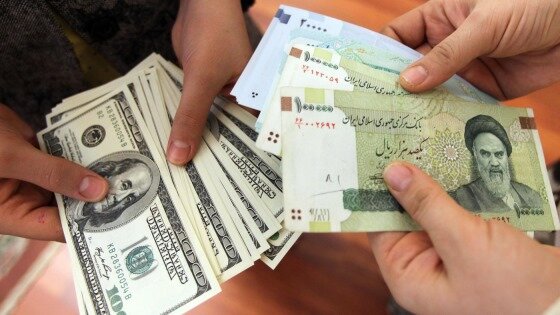CBI manages to stabilize foreign currency market: report

TEHRAN – The value of Iranian rial is recovering against the U.S. dollar as the Central Bank of Iran (CBI) policies for shielding the currency against the U.S. sanctions are taking effect.
According to the Governor of CBI Abdolnaser Hemmati, the foreign currency market is stabilized, ISNA reported.
The rial is strengthened about eight percent in the open market over the past month to 125,450 per dollar, according to prices compiled by Bloomberg from foreign-exchange websites and traders in Tehran.
The central bank sought ways to protect the currency with measures that include setting up a government-run foreign-exchange platform known as NIMA to quell the black market and controlling interest rates offered by lenders.
The advance is a relief for Iranians who watched the currency plummet more than 50 percent after U.S. President Donald Trump scrapped the 2015 nuclear accord and reimposed sanctions on the nation.
The rial on the open market is now close to the Nima rate, Hemmati said.
“The central bank’s policies of controlling currency markets and bank interest rates appear to be helping,” said Massoud Gholampour, an analyst at Novin Investment Bank in Tehran.
“Demand for foreign currency has dropped compared to last year,” he said, adding that bans on a raft of luxury imports helped as much as $2 billion from being spent on imports.
In early May, Hemmati outlined CBI plans for neutralizing or relieving the impact of U.S. sanctions on the country’s economy and mentioned providing liquidity and working capital to maintain and boost domestic production as one of those plans.
To find the best ways for supporting production, CBI has been regularly holding meetings with the representatives of private sector and also with the economists.
CBI’s plans take two major approaches, first is that they will lead to secure finance for production activities and provide the working capital needed for such activities; and the second one is that they will not be resulted in any deviation in the banking resources and also in higher inflation.
In this regard, the central bank’s committees of liquidity and credit have investigated several plans, that one of them is “Productive Finance Plan”, which will be implemented after being discussed with monetary and banking experts.
EF/MA

Leave a Comment